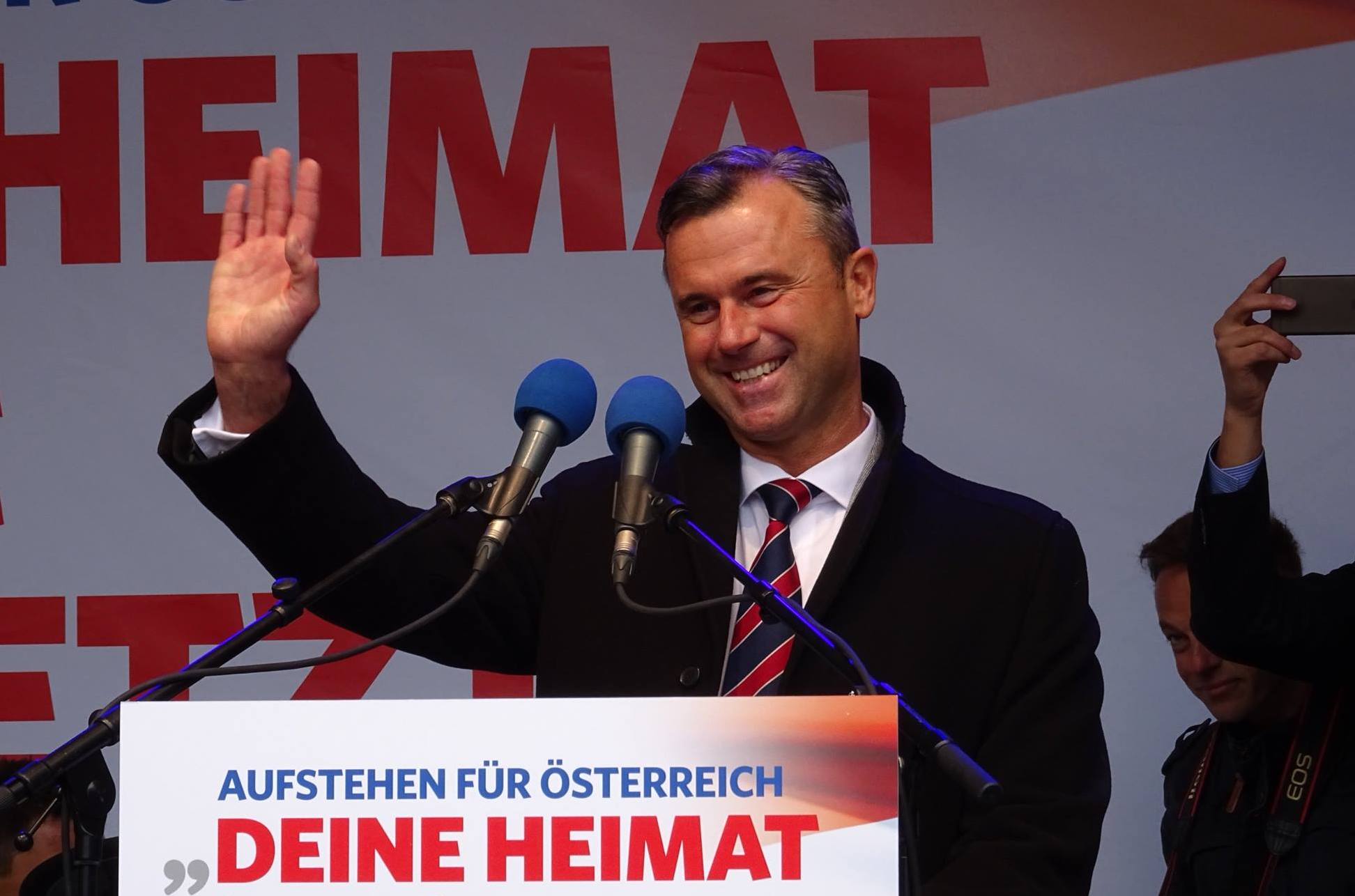Hungary, Szeged – Corina Crețu, EU Commissioner for Regional Coverage, visited the super laser center in Szeged, southern Hungary, on Friday, April 8.
The EU-funded project, also established in Bucharest and Prague, will be the world’s largest scientific facility of its kind, said Corina Crețu. Also, as it is written on the website of the Extreme Light Infrastructure (ELI) project, it “is an integral part of the European plan to build the next generation of large research facilities identified and selected by the European Strategy Forum on Research Infrastructures (ESFRI). The Extreme light infrastructure will be the first infrastructure in the world able the investigation of the interactions between light and matter with the highest intensity, in the so-called ultra-relativistic range.”
The project is divided in 2 phases, a large part of its cost of 850 million euros has been provided from the EU’s regional development fund – 85% of the first phase of the project (€120.3 million). In 2014, Hungarian Prime Minister Viktor Orbán was in Szeged for the launch ceremony of the ELI project’s first part. This international cooperative project is part of the Hungarian development policy as a regional hub for research and universities.
The center will directly employ a staff of 400 but could indirectly contribute to the creation of 4-5000 jobs. The second phase of the project is scheduled to finish by 2018.




